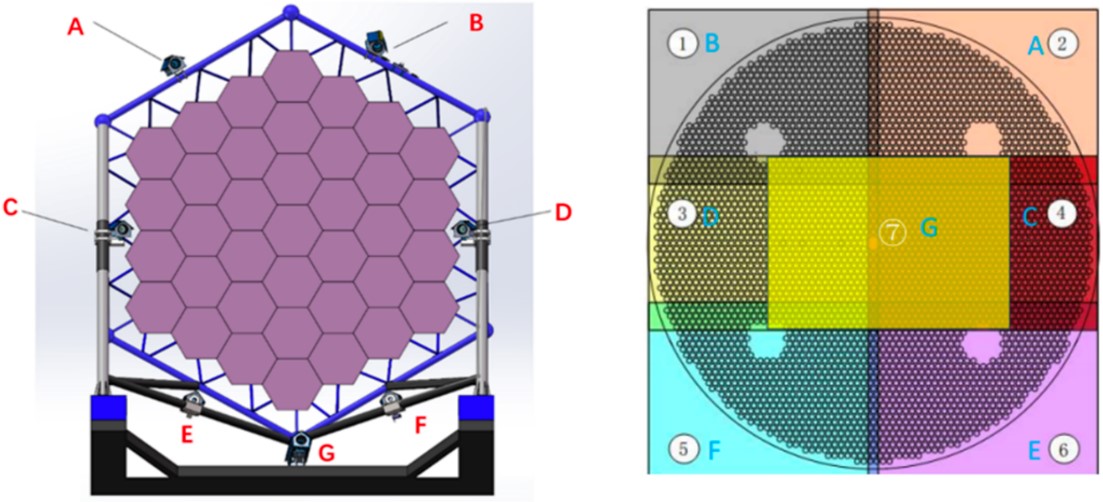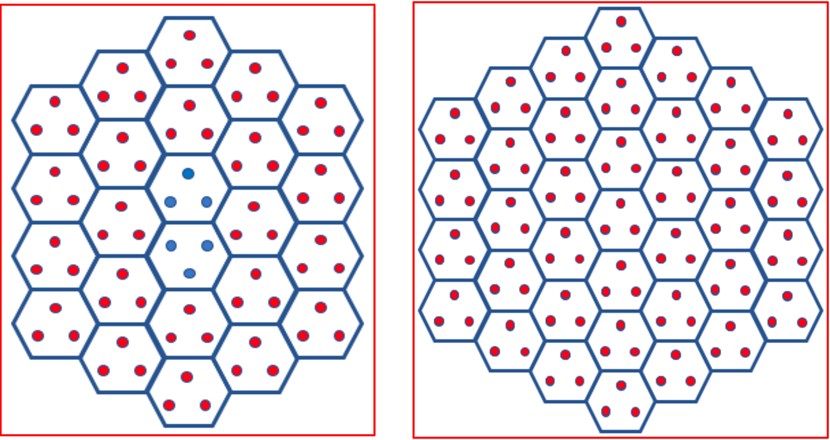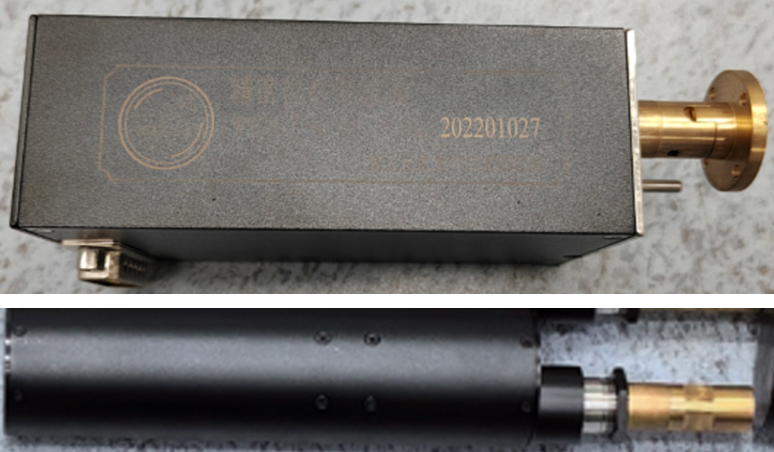As of October 2025, the National Astronomical Observatories-operated LAMOST, a national major science and technology infrastructure, has released 28.07 million spectral data points and 11.59 million sets of stellar parameters, maintaining its position as the world's leading astronomical data provider.
The LAMOST data sharing initiative has proved highly successful, with over 1,800 users from 300 institutions worldwide utilizing approximately 170 TB of data for scientific research and generating 3.73 million queries on the data release platform.
LAMOST data has enabled astronomers worldwide to make groundbreaking discoveries in cutting-edge research areas including galactic formation and evolution, compact objects, and exoplanets.
In the past year alone, 417 research papers were published based on LAMOST data, including 1 cover feature in Science, 9 articles in Nature Research journals, and 1 publication in Science Advances.This sets a new historical record for scientific output.
Operating at peak productivity, LAMOST continues to contribute China's scientific prowess to humanity's cosmic exploration endeavors.
Amidst the completion of new international spectroscopic survey projects and advancements in related technologies, the LAMOST team has intensified its R&D efforts,relentlessly exploring the facility's large-scale survey potential in this evolving landscape,while continuously overcoming emerging technical constraints.
This has enabled the domestication of multiple core technologies previously dependent on imports, effectively resolving critical supply-chain vulnerabilities:
1.LAMOST achieves domestic production of specialized astronomical wide-band optical fibers
Astronomical observation requires a specialized "signal conductor" - wide-band optical fibers - that demand exceptional spectral transmittance and stability.
The LAMOST focal plane employs 4,000 fiber positioning units connected to 4,000 wide-band optical fibers, which transmit optical signals from the focal plane to spectrographs, serving as critical optical pathways for the telescope.
This configuration enables simultaneous observation of 4,000 celestial objects, which is fundamental for large-scale spectroscopic surveys.
However, these specialized fibers, as core telescope components, were previously monopolized by foreign manufacturers.
Through LAMOST's technological advancements, the team pioneered collaboration with YOFC, China's leading fiber optics manufacturer, developing domestically produced astronomical fibers using LAMOST as a pilot platform.
After successful lab and preliminary on-site testing, the fibers are ready for mass production and deployment, marking a milestone in domestic manufacturing of core telescope components.

Domestic fiber optic sample (with protective sleeve)
LAMOST has achieved the first successful localization of specialized astronomical broadband fibers, filling a critical technological gap in this field.
Several domestic telescopes have already adopted this innovation and initiated collaborations with YOFC.
This cooperation will expand the application scope of these domestically-produced fibers, with potential for widespread adoption in China's astronomical sector and eventual entry into global markets.
2. LAMOST achieves breakthrough in fiber positioning accuracy
In recent years, the latest large-scale fiber-based spectroscopic surveys worldwide have adopted closed-loop monitoring systems for real-time fiber control, which significantly improve fiber operation stability, positioning accuracy, and survey efficiency compared to traditional open-loop systems.
Responding to international competition, LAMOST has successfully achieved the transition from open-loop to closed-loop fiber positioning technology.
The new closed-loop system positions over 97.7% of fibers within 0.4 arcseconds in an average of 8 minutes and 44 seconds.
This breakthrough enables micron-level positioning control equivalent to moving fiber units within two-thirds of a human hair's diameter (approximately 60μm) across a 20-meter working distance.
The system demonstrates a 20% efficiency improvement compared to previous open-loop configurations.

Installation positions of fiber detection cameras around the primary mirror MB (left) and their corresponding coverage area distribution on the focal plane (right)
3. LAMOST achieves domestic production of displacement actuators - core components for active optics
The innovative spliced-and-deformable active optics system pioneered by LAMOST stands as its most crucial core technology, ensuring optical performance, survey operations and scientific productivity.
While key components like wavefront sensors, force actuators and mirror supports have achieved domestic production, displacement actuators remained import-dependent, plagued by declining cost-effectiveness, extended service beyond lifespan, and maintenance delays.
LAMOST's segmented primary mirror requires numerous high-precision displacement actuators for its operation.
Thus, developing domestic displacement actuators became an urgent technical challenge to ensure the telescope's stable and safe operation.

Left panel: Distribution of displacement actuators on LAMOST MA mirror surface, Right panel: Distribution of displacement actuators on LAMOST MB mirror surface
Through years of dedicated research and iterative development, the LAMOST team has established a state-of-the-art platform for displacement actuator R&D and testing, achieving successful domestic production of the components.
The performance specifications not only meet LAMOST's technical requirements but also attain internationally leading standards.
This milestone signifies progressive advancement in LAMOST's core active optics technologies, substantially enhancing the telescope's survey capabilities and observational efficiency.

LAMOST's indigenously-developed displacement actuators
Furthermore, remarkable progress has been achieved in several key technologies, including the successful development of LAMOST's near-infrared spectrograph, domestically-produced tracking and active optics controllers, and prototype testing of the MB sub-mirror support system.
Throughout LAMOST's stable operation and technological iterations, numerous core technologies have transitioned from "catching-up" to "breakthrough" phases, overcoming foreign monopolies and achieving domestic production.
These technological breakthroughs extend beyond astronomy, carrying significant strategic implications.
They demonstrate China's independent R&D capabilities in active optics and fiber position control systems, while stimulating advancements across domestic industrial chains including high-precision optical components, precision mechanical manufacturing, and autonomous software algorithms.
This creates a virtuous cycle of "technological breakthroughs, industrial synergy, and capability enhancement", establishing a paradigm for China's scientific self-reliance in fundamental research facilities, while accumulating valuable experience for developing next-generation telescopes with larger apertures and superior performance.